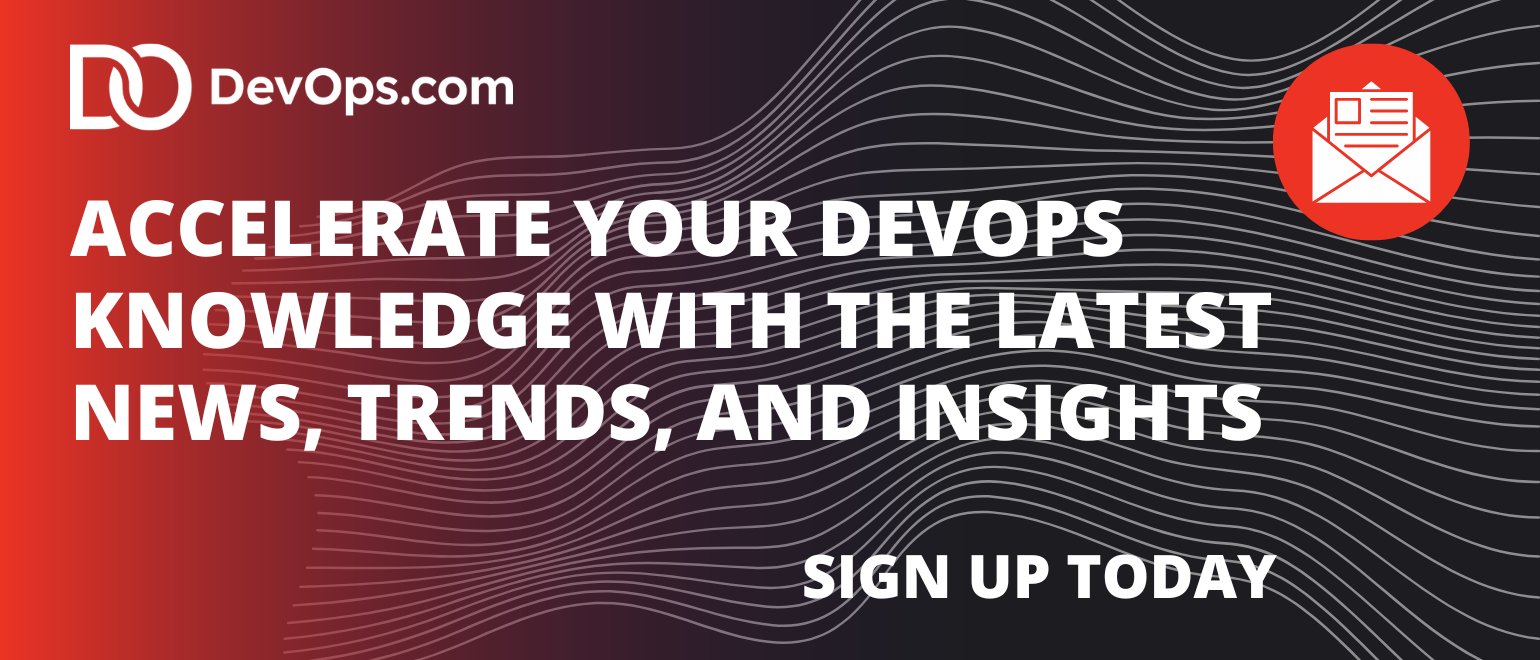When I started my journey in DevOps nearly a decade ago, things were very different. CI/CD was barely catching on in enterprise environments, and Kubernetes felt like something only a few elite engineers could master.
Over the years, I’ve worked across different kinds of organizations — startups, mid-sized teams and large-scale enterprises — and realized that many DevOps challenges are universal. Whether it’s wrangling outdated infrastructure, optimizing deployments or improving system observability, the fundamentals don’t change.
Here are a few lessons I’ve picked up along the way — some from success, many from hard-earned failures.
1. Expect Failures — and Prepare for Them Proactively
I still remember the first time I set up a canary deployment for a new service. Everything looked good until metrics started spiking in one environment. A misconfigured staging image almost made it to production. Thankfully, the canary strategy caught it just in time.
That experience taught me an important lesson: Don’t treat deployments as guaranteed wins. Always have rollback plans and monitoring in place that mean something.
Tip: Integrate monitoring tools like Prometheus and Grafana before you need them — they’re not just observability tools; they’re deployment insurance.
2. Infrastructure as Code = Fewer Arguments, More Audits
Transitioning from manual infrastructure management to infrastructure as code (IaC) was a turning point. At one point, we went from an undocumented cloud environment to a fully automated setup using Terraform. It forced our team to think through every change and made rollbacks painless.
Eventually, we treated infrastructure changes like code — peer-reviewed, version-controlled and traceable.
Tip: Use policy-as-code tools like Checkov or Open Policy Agent to enforce guardrails, especially when working in teams.
3. Kubernetes is Awesome — Also a Beast
Kubernetes provides incredible flexibility — but with great power comes great responsibility.
I once accidentally exposed a service to the public internet just because of a misconfigured service type. That single error made us rethink our entire RBAC and network policy strategy.
Since then, security audits, role restrictions and cluster policies have become part of every cluster setup I do.
Tip: Use tools like Kyverno or Gatekeeper to enforce safe Kubernetes configurations before they get deployed.
4. CI/CD Pipelines are Living Things
When I first got into DevOps, I treated CI/CD pipelines as one-off scripts — just make it work and forget it. That mindset didn’t scale.
Eventually, I started building declarative pipelines, versioning shared libraries and treating them as reusable components. It brought consistency, reduced deployment times and made troubleshooting easier.
Tip: Don’t treat your pipelines as second-class code. Document them, review them and refactor them as needed.
5. Don’t Just Monitor — Build Observability
Having logs is one thing; Being able to trace a single request through multiple services is another. Once we implemented structured logging and added trace IDs across our stack, debugging went from guesswork to precision.
Logs, metrics and traces together provide the context needed to solve production issues fast.
Tip: Build observability from the start. Add meaningful context to your logs — request IDs, user info and service names make a world of difference.
Final Thoughts
DevOps is more than YAML files and automation scripts. It’s about taking ownership, thinking ahead and collaborating with others to build systems that don’t just work—but work reliably.
For anyone getting started: Start small, understand the “why” behind the tools and don’t be afraid to break things (in a safe environment!). And always remember — done is better than perfect, but safe is better than sorry.




